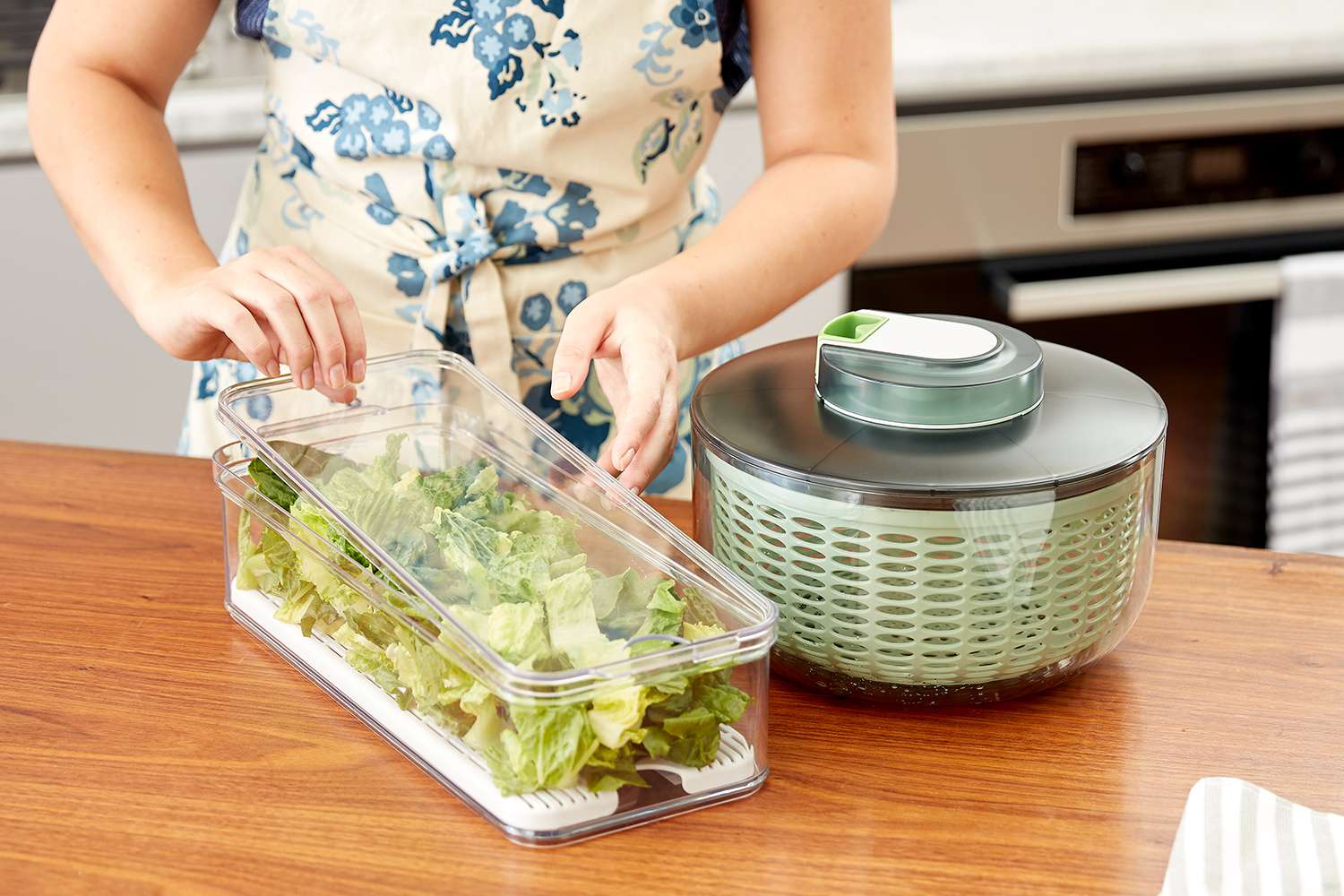

Articles
How To Store Cut Romaine Lettuce
Modified: January 18, 2024
Learn how to store cut romaine lettuce in order to keep it fresh and crisp for longer. Follow our step-by-step guide for the best storage methods.
(Many of the links in this article redirect to a specific reviewed product. Your purchase of these products through affiliate links helps to generate commission for Storables.com, at no extra cost. Learn more)
Introduction
When it comes to storing cut romaine lettuce, proper technique is crucial to keep it fresh and crisp for longer periods. Whether you’ve prepared a salad for a meal or have leftover lettuce after a cooking session, knowing how to store it correctly will help preserve its flavor and texture.
Romaine lettuce is a popular salad green known for its crunchy leaves and mild, slightly bitter flavor. It’s packed with essential vitamins and minerals, making it a nutritious addition to any meal. However, once it’s been cut, romaine lettuce becomes susceptible to wilting and spoiling faster.
In this article, we will explore the best methods for storing cut romaine lettuce to ensure its longevity. We’ll discuss the importance of refrigeration, tips for keeping the lettuce fresh, the use of containers, preparing the lettuce for storage, how long it can be stored, and signs of spoilage to watch out for. By following these guidelines, you can extend the shelf life of cut romaine lettuce and enjoy it in salads, wraps, and other culinary creations.
Key Takeaways:
- Properly storing cut romaine lettuce in a clean, airtight container or resealable plastic bag in the refrigerator can extend its shelf life and maintain its freshness for up to five to seven days.
- Regularly checking for signs of spoilage, such as discoloration, foul odor, mold growth, slime, or off taste and texture, is crucial to ensure the safety and freshness of cut romaine lettuce.
Read more: How To Store Romain Lettuce
Storing Cut Romaine Lettuce in the Refrigerator
Once you’ve cut your romaine lettuce, it’s important to store it in the refrigerator as soon as possible. Cold temperatures help slow down the process of wilting and keep the lettuce crisp and fresh. Here are the steps to follow when storing cut romaine lettuce in the refrigerator:
- Start by rinsing the lettuce leaves thoroughly under cold water. This helps remove any dirt or debris.
- After rinsing, gently shake off excess water from the lettuce leaves. You can also pat them dry with a clean kitchen towel or paper towels.
- Next, take a resealable plastic bag or an airtight container large enough to accommodate the cut lettuce.
- If using a plastic bag, place the lettuce inside and squeeze out any excess air before sealing it tightly.
- If using a container, make sure it’s clean and dry before placing the lettuce inside. Seal the container tightly to prevent air from getting in.
- Label the bag or container with the date to keep track of how long the lettuce has been stored.
- Finally, place the bag or container with the cut romaine lettuce in the refrigerator.
It’s important to note that the temperature of the refrigerator is crucial in maintaining the freshness of the lettuce. Set the refrigerator temperature to around 32–36°F (0–2°C) to keep the lettuce crisp and prevent it from freezing.
By following these steps, you can ensure that your cut romaine lettuce stays fresh and crisp for an extended period, allowing you to enjoy it in salads and other dishes.
Tips for Keeping Cut Romaine Lettuce Fresh
Keeping cut romaine lettuce fresh requires a few extra steps and considerations to maintain its flavor and texture. Here are some tips to help you keep your cut romaine lettuce fresh:
- Avoid cutting the lettuce too far in advance. Cut the lettuce right before you plan to use it to minimize exposure to air and moisture.
- Store the lettuce in a clean and dry container. Any residual moisture can lead to wilting and spoilage, so make sure the container is dry before placing the lettuce inside.
- Do not wash the lettuce before storage. Washing it beforehand can introduce excess moisture and promote decay. Instead, rinse the lettuce just before you’re ready to use it.
- Keep the lettuce away from ethylene-producing fruits and vegetables. Ethylene, a natural gas produced by certain fruits like apples and bananas, can cause lettuce to spoil more quickly. Store the romaine lettuce separately from these ethylene-emitting produce items.
- If you notice any wilted leaves, remove them promptly. Wilted leaves can release moisture and hasten the spoiling process.
- Refrain from chopping the lettuce into tiny pieces. Larger pieces of cut lettuce tend to stay crisper compared to finely chopped ones. Cut the lettuce into manageable pieces that are suitable for your desired dish.
- Consider using a lettuce spinner before storing the cut lettuce. A lettuce spinner helps remove excess water from the leaves, keeping them crisp and preventing wilting.
- Regularly check the stored lettuce for any signs of spoilage, such as browning or sliminess. If you notice any, discard those portions to prevent the spread of decay.
By following these tips, you can significantly prolong the freshness and quality of your cut romaine lettuce, ensuring that it remains delicious and ready to be enjoyed in your favorite recipes.
Using Containers to Store Cut Romaine Lettuce
Using containers to store cut romaine lettuce is a convenient and effective way to keep it fresh and prevent it from wilting. Here are some considerations and tips for using containers to store your cut romaine lettuce:
- Choose the right container: Opt for airtight containers that seal tightly to prevent air and moisture from entering. Glass or BPA-free plastic containers are ideal choices as they are non-reactive and won’t affect the flavor or quality of the lettuce.
- Size matters: Use a container that allows enough space for the lettuce without overcrowding. Overpacking the container can lead to damage and bruising, causing the lettuce to spoil more quickly.
- Layering: If you have a large quantity of cut romaine lettuce, divide it into smaller batches and layer the leaves with paper towels or clean kitchen towels. The towels help absorb excess moisture, keeping the lettuce crisp.
- Stacking: If you need to stack multiple containers, place a layer of paper towels or a small kitchen towel between each container. This will absorb any excess moisture and prevent the weight of the containers above from crushing the lettuce.
- Proper placement: Store the containers of cut romaine lettuce in the refrigerator’s crisper drawer or on a shelf where the temperature is consistently cool. Avoid placing them near the refrigerator’s door or in areas where they may be exposed to fluctuating temperatures.
- Labeling: To keep track of the storage duration, label the containers with the date when the romaine lettuce was cut or stored. This will help you remember when it’s time to use or discard the lettuce.
- Clean and dry: Before storing cut romaine lettuce in a container, ensure that it is clean and dry. Any residual dirt or moisture can lead to spoilage and compromise the freshness of the lettuce.
- Handling with care: When removing lettuce from the container, avoid using metal utensils or hands that may cause bruising or damage. Instead, use clean and dry tongs or high-quality plastic utensils to handle the lettuce gently.
By following these container storage tips, you can maintain the quality and freshness of your cut romaine lettuce for an extended period, allowing you to enjoy it in a variety of delicious dishes.
Store cut romaine lettuce in a resealable plastic bag with a paper towel to absorb excess moisture. Keep it in the crisper drawer of the refrigerator for up to 5-7 days.
Preparing Cut Romaine Lettuce for Storage
Properly preparing cut romaine lettuce for storage is essential to maintain its freshness and maximize its shelf life. Here are the steps to follow when preparing cut romaine lettuce for storage:
- Start by rinsing the lettuce leaves under cold water to remove any dirt or debris. Gently pat dry with a clean kitchen towel or paper towels.
- Trim the stem end of the lettuce, removing any brown or discolored parts.
- Decide how you want to store the lettuce. If you prefer whole leaves, carefully separate them and store them in a container or plastic bag.
- If you prefer bite-sized pieces, stack a few leaves on top of each other and roll them tightly into a cigar shape. Using a sharp knife, slice the rolled leaves into thin strips, creating uniform lettuce ribbons.
- After cutting the lettuce into your desired shape, transfer it to a clean and dry container or plastic bag.
- If using a plastic bag, squeeze out any excess air before sealing it tightly. If using a container, make sure it is sealed tightly to prevent air and moisture from getting in.
- Label the container or bag with the date to keep track of how long the lettuce has been stored.
- Store the prepared cut romaine lettuce in the refrigerator at a temperature between 32–36°F (0–2°C).
It’s important to note that the process of preparing cut romaine lettuce for storage should be done right before you plan to store it. Cutting the lettuce too far in advance can result in loss of crispness and freshness.
By following these steps, you can properly prepare cut romaine lettuce for storage, ensuring that it stays fresh, crisp, and ready to be used in your favorite salads and other culinary creations.
Read more: How To Store Romaine Lettuce
Length of Time Cut Romaine Lettuce Can Be Stored
The length of time that cut romaine lettuce can be stored depends on various factors, including how it was prepared, the storage conditions, and the freshness of the lettuce when it was cut. In general, cut romaine lettuce can be stored for up to five to seven days in the refrigerator. However, it is important to note that the lettuce may begin to lose its crispness and freshness the longer it is stored.
To maximize the shelf life of cut romaine lettuce, it is crucial to store it properly. Ensure that the lettuce is stored in an airtight container or sealed plastic bag in the refrigerator at a temperature between 32–36°F (0–2°C). This helps slow down the process of wilting and keeps the lettuce as fresh as possible.
It is important to check the stored romaine lettuce regularly for any signs of spoilage. If you notice any brown or slimy spots, or if the lettuce emits a foul odor, it is an indication that the lettuce has started to spoil. In such cases, it is best to discard the spoiled portions to prevent the spread of decay.
If you are unsure about the freshness and quality of the cut romaine lettuce, it is always better to err on the side of caution and discard it to avoid the risk of consuming spoiled lettuce.
Remember, the duration of storage can vary based on several factors, so it is essential to use your judgment and rely on visual and sensory cues to determine the freshness of the lettuce. When in doubt, it is best to choose fresh, uncut romaine lettuce for optimal taste and texture.
By storing cut romaine lettuce properly and being mindful of its freshness, you can enjoy its delicious flavor and nutritional benefits for a reasonable length of time.
Signs of Spoiled Cut Romaine Lettuce
It’s important to be able to identify the signs of spoiled cut romaine lettuce to ensure your safety and prevent any unpleasant dining experiences. Here are some common indications that the lettuce has spoiled:
- Discoloration: One of the first signs of spoiled romaine lettuce is discoloration. Look for brown or black spots on the leaves, as well as any slimy or wilting portions. These changes in color and texture are indicative of decay.
- Foul odor: Spoiled romaine lettuce may emit an unpleasant odor. If you notice a strong, sour, or rotten smell coming from the lettuce, it is a clear indication that it is no longer safe to consume.
- Mold growth: Mold is a common occurrence in spoiled lettuce. If you see any fuzzy or greenish mold growing on the leaves or around the stem, it is a clear sign that the lettuce has spoiled and should be discarded.
- Slime or excessive moisture: When romaine lettuce spoils, it can become slimy or excessively moist. If you touch the lettuce and it feels slimy or wet, it is a sign of spoilage. Excessive moisture can create an environment for bacterial growth, making the lettuce unsafe to eat.
- Off taste or texture: Spoiled romaine lettuce may have an off taste or unusual texture. If the lettuce tastes bitter, sour, or has a strange texture, it is an indication that it has deteriorated and should not be consumed.
It’s worth noting that these signs of spoilage can vary depending on the severity of the decay and the overall condition of the lettuce. It’s always better to be cautious and discard any cut romaine lettuce that shows signs of spoilage to avoid the risk of foodborne illnesses.
When in doubt, trust your senses and rely on visual cues to determine the freshness of the lettuce. By being aware of the signs of spoiled romaine lettuce, you can ensure that you’re consuming fresh and safe produce.
Conclusion
Storing cut romaine lettuce properly is key to preserving its freshness, flavor, and nutritional value. By following the right techniques, you can extend the shelf life of cut romaine lettuce and reduce waste. Remember these key points:
Start by rinsing the lettuce thoroughly and drying it before storage. Use a clean, airtight container or resealable plastic bag to store the lettuce in the refrigerator. Avoid washing the lettuce before storing, as excess moisture can lead to spoilage.
Keep cut romaine lettuce away from ethylene-producing fruits and vegetables, and promptly remove any wilted leaves to prevent moisture buildup and decay. Consider using a lettuce spinner before storage to remove excess water and maintain crispness.
Label the containers or bags with the date to track storage time, and regularly check for signs of spoilage, such as discoloration, foul odor, mold growth, slime, or off taste and texture. If any of these signs are present, it is best to discard the lettuce to avoid foodborne illnesses.
While cut romaine lettuce can be stored for up to five to seven days, it is always advisable to consume it as soon as possible to enjoy its optimal taste and texture. If possible, opt for whole leaves and cut them just before use for the best results.
By implementing these storage techniques and being vigilant about the signs of spoilage, you can make the most of your cut romaine lettuce and enjoy fresh, crisp salads and other culinary creations. So, go ahead and confidently store your cut romaine lettuce, knowing that it will be ready to enhance your meals whenever you need it!
Frequently Asked Questions about How To Store Cut Romaine Lettuce
Was this page helpful?
At Storables.com, we guarantee accurate and reliable information. Our content, validated by Expert Board Contributors, is crafted following stringent Editorial Policies. We're committed to providing you with well-researched, expert-backed insights for all your informational needs.
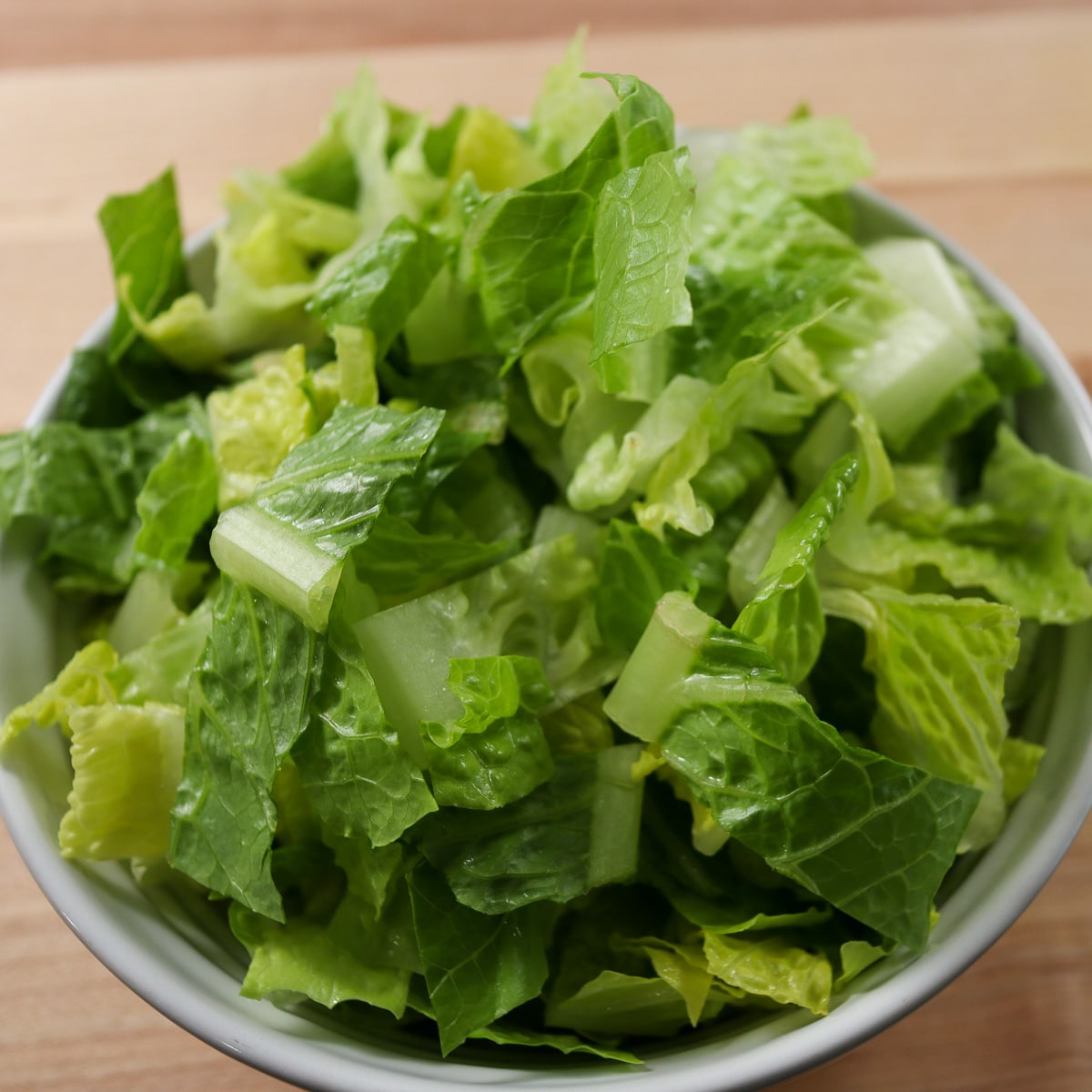
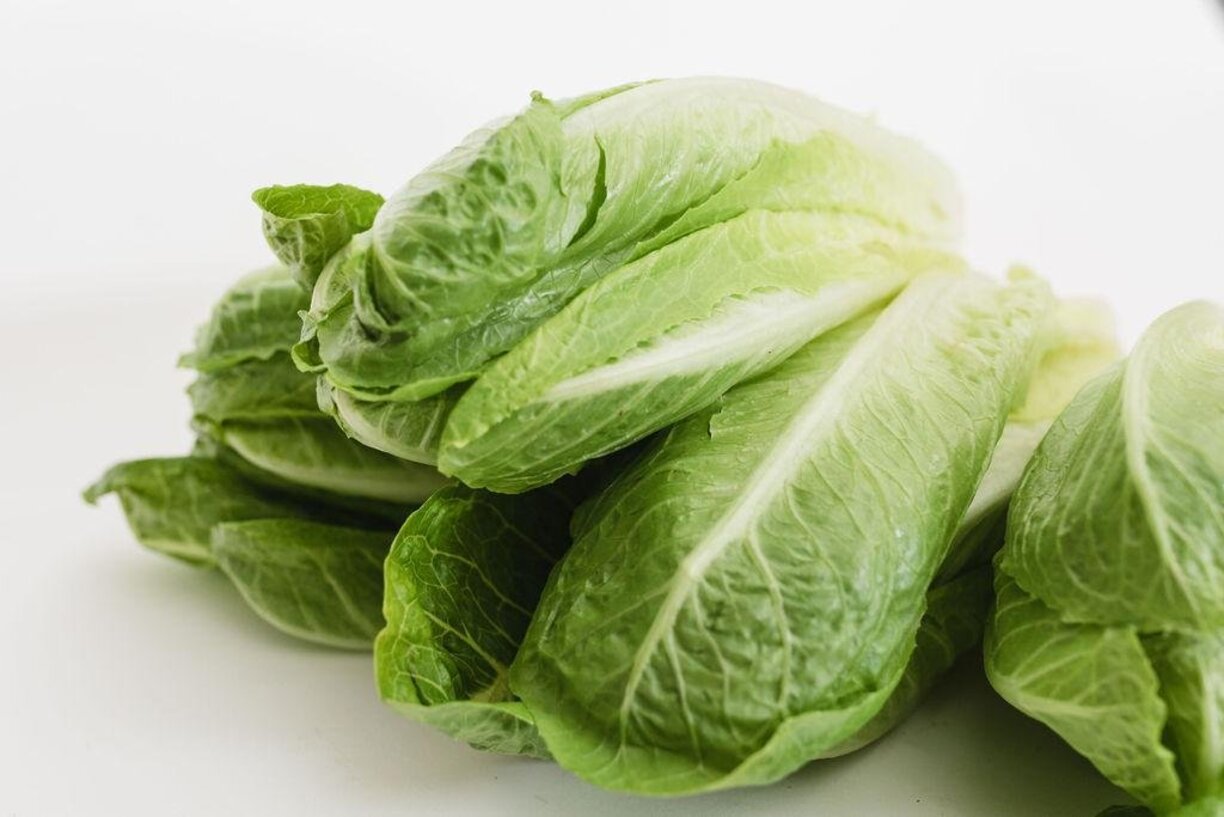
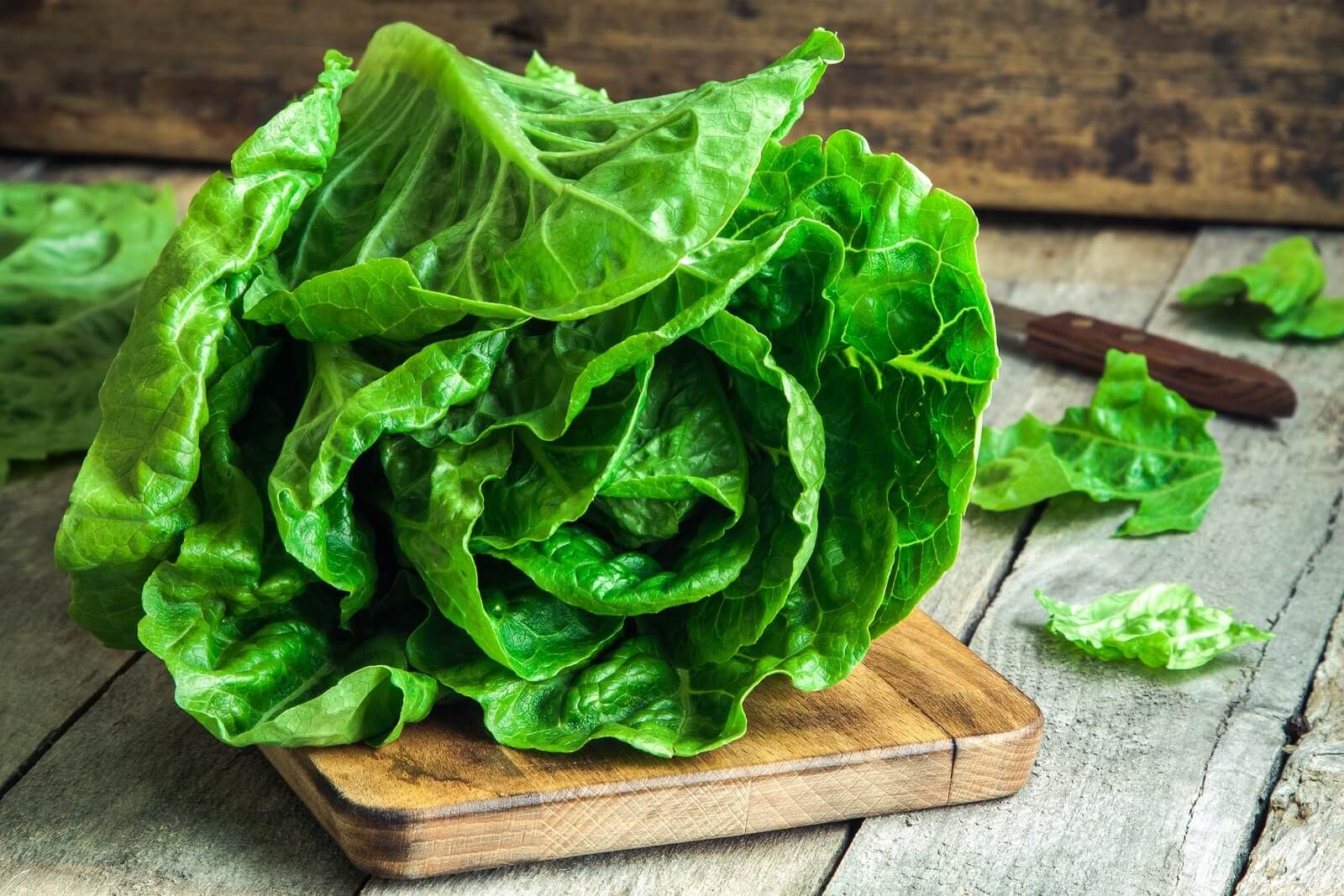
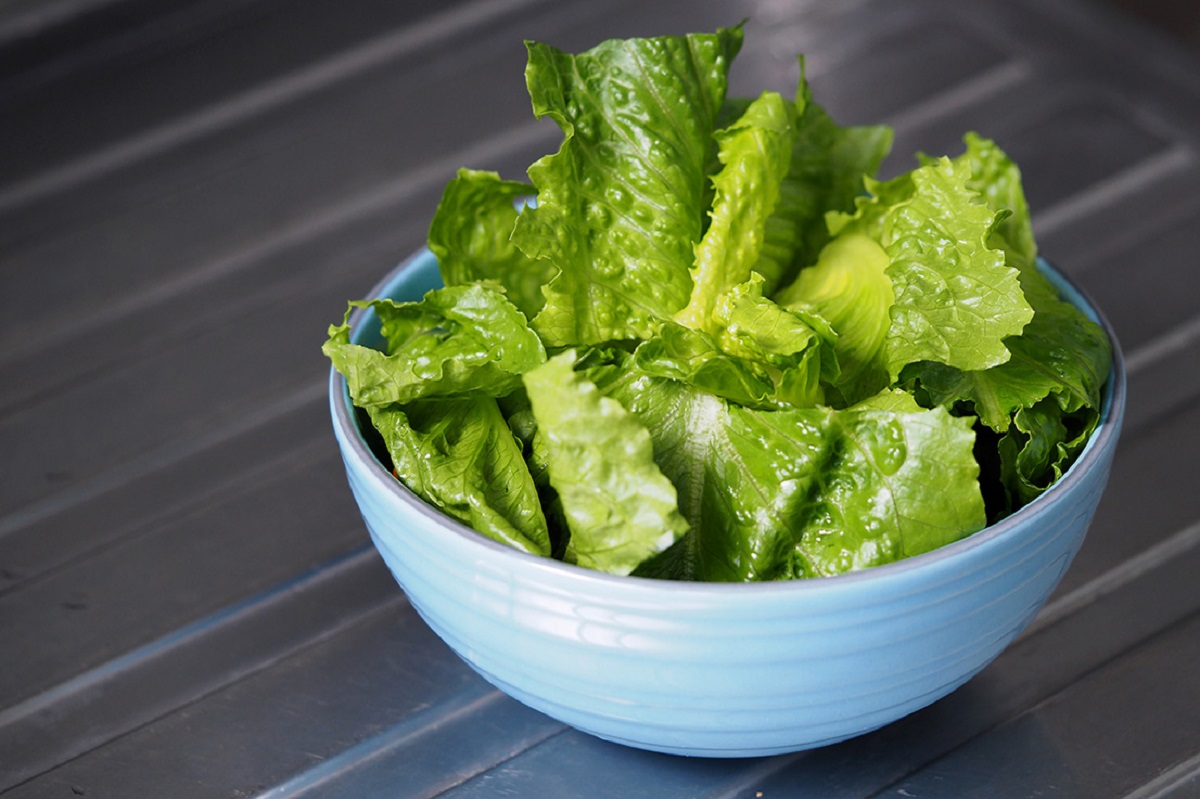
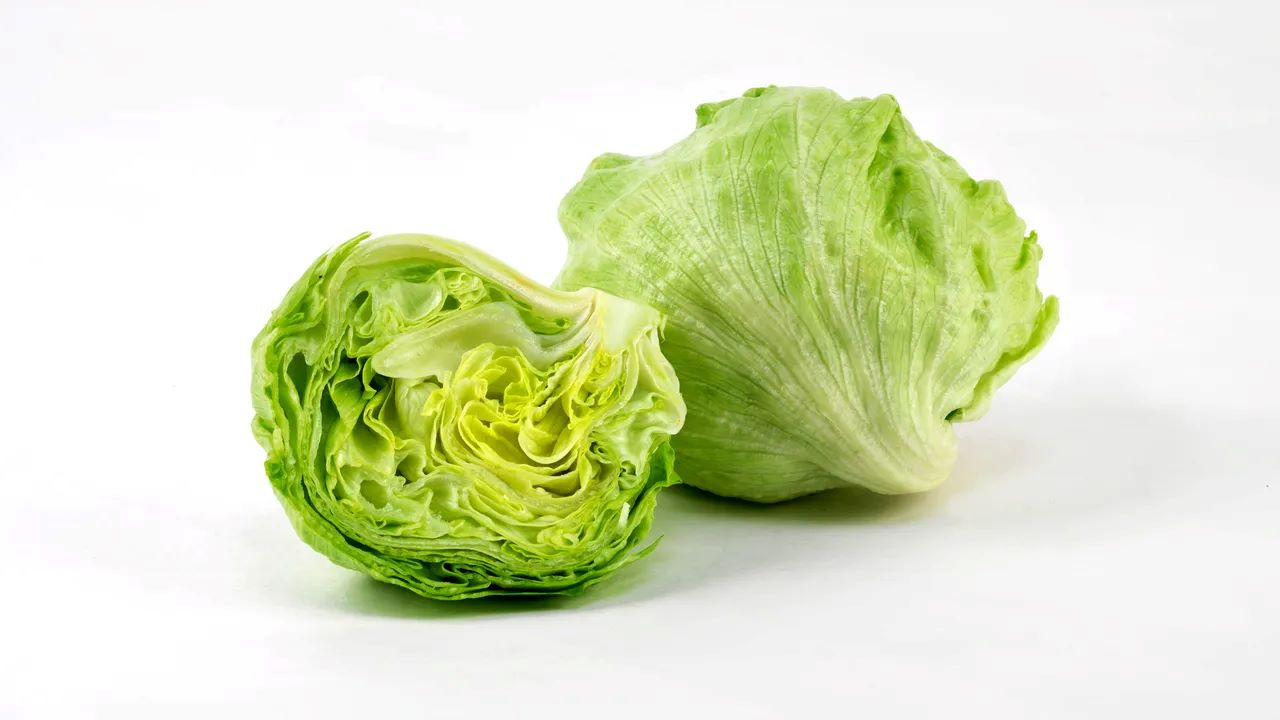
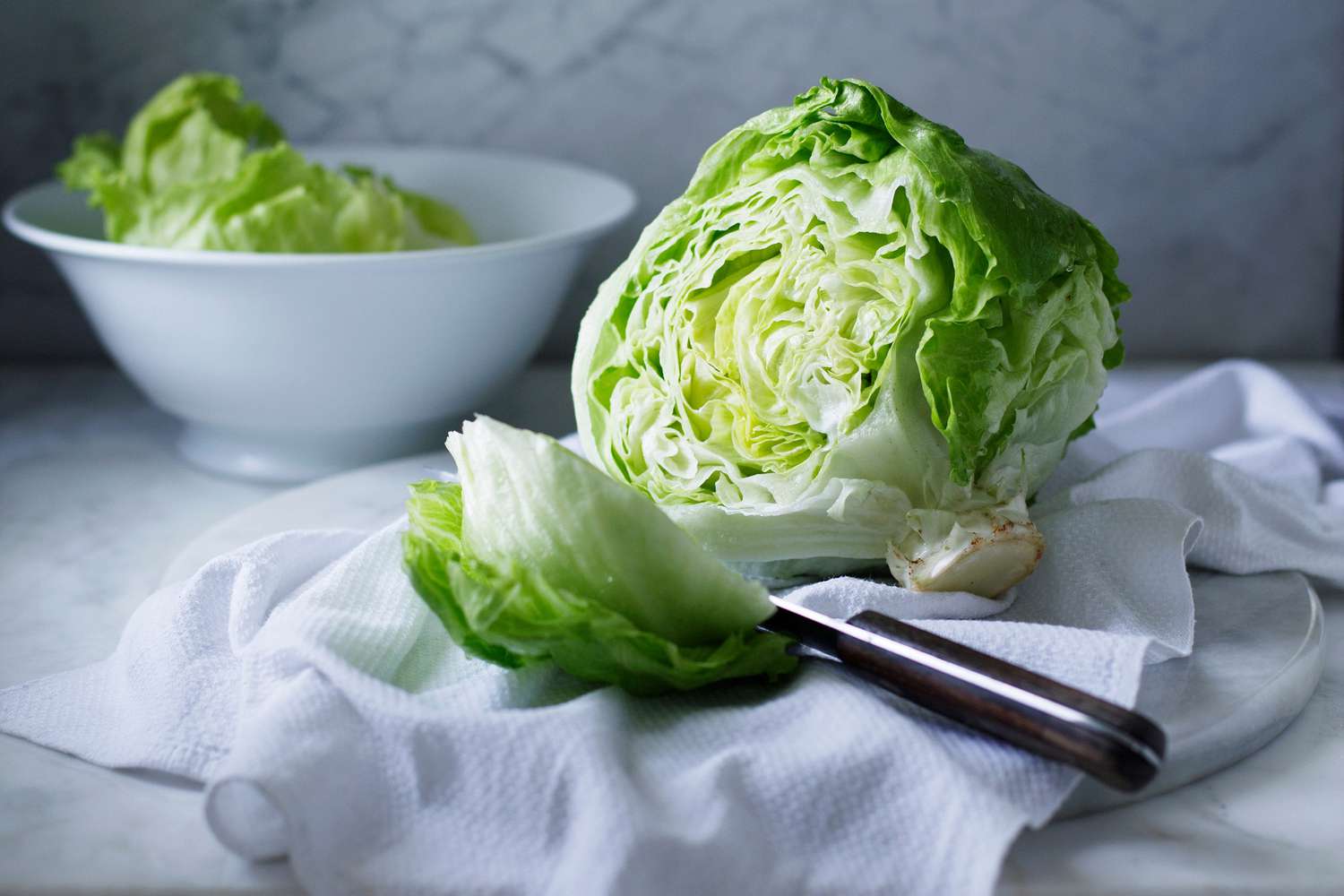
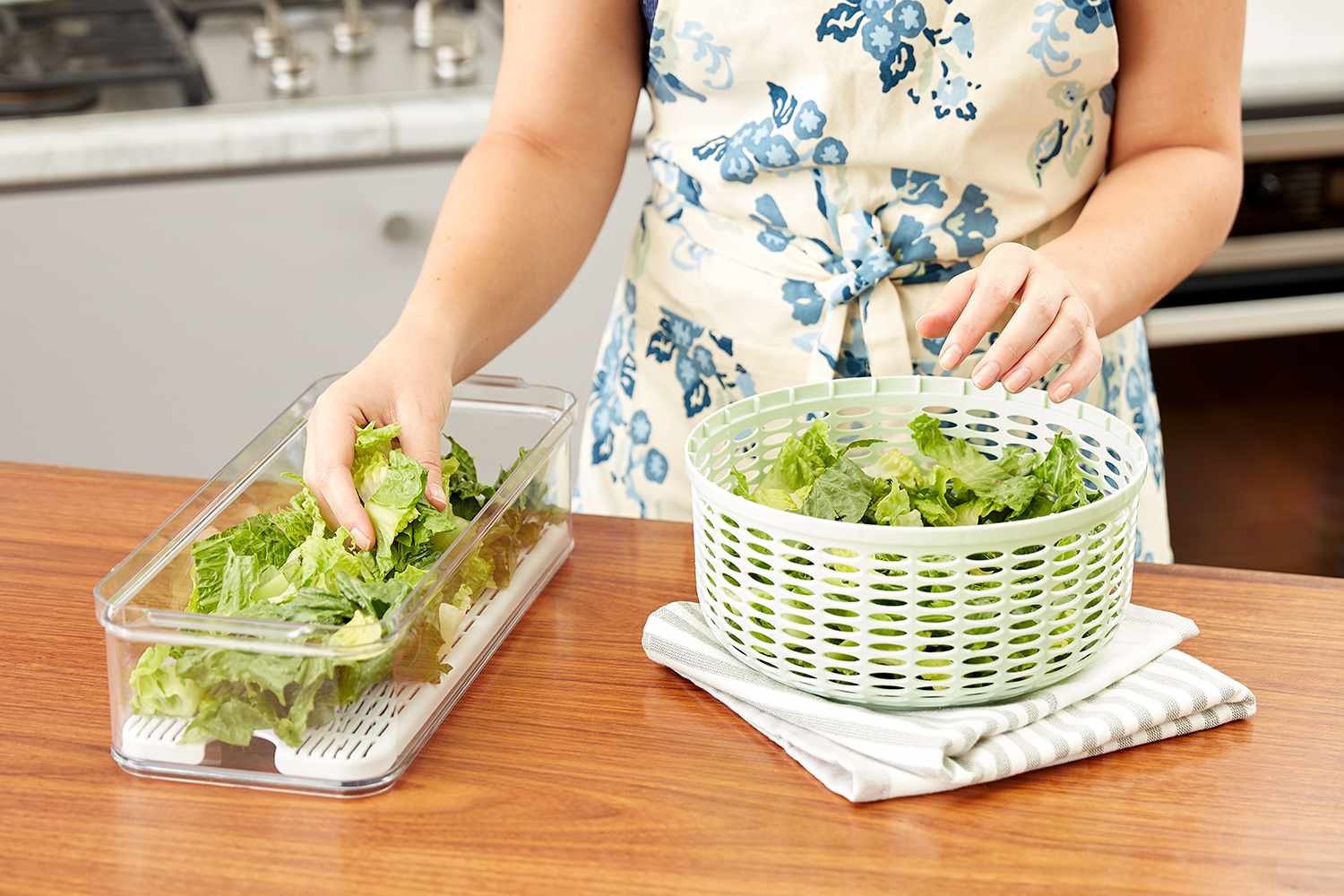
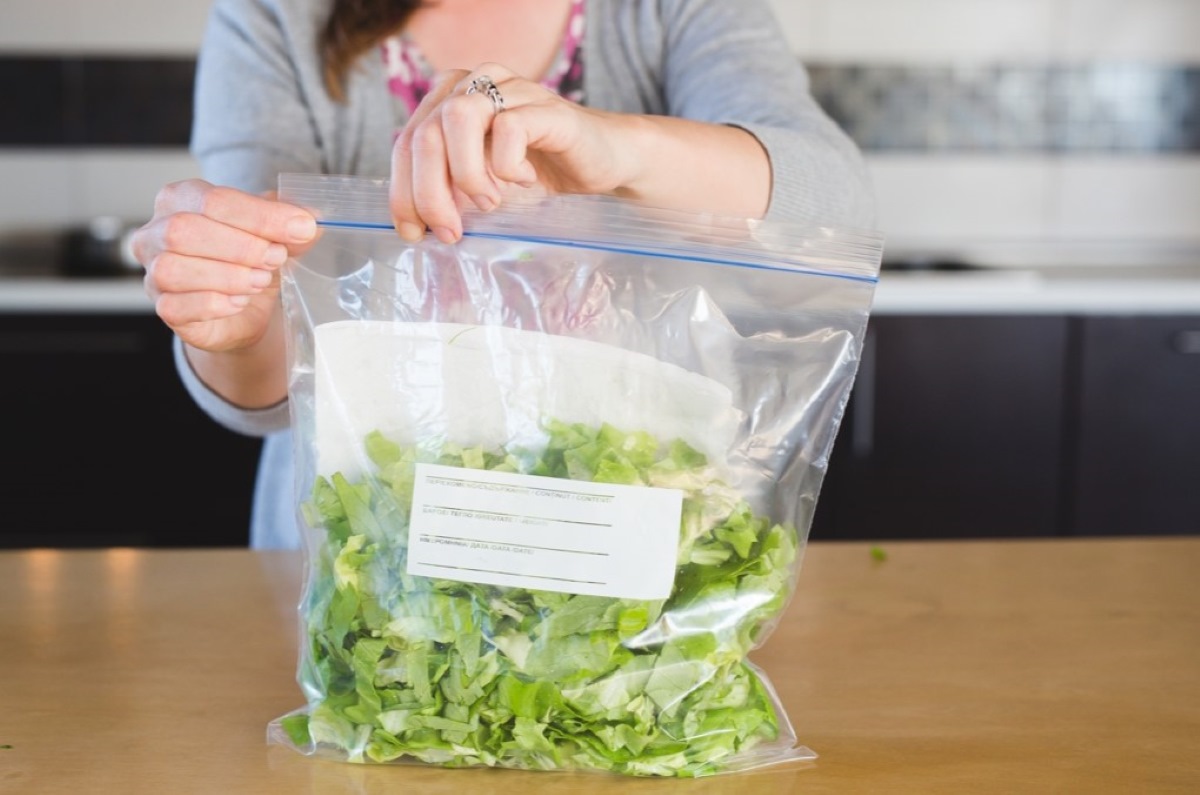
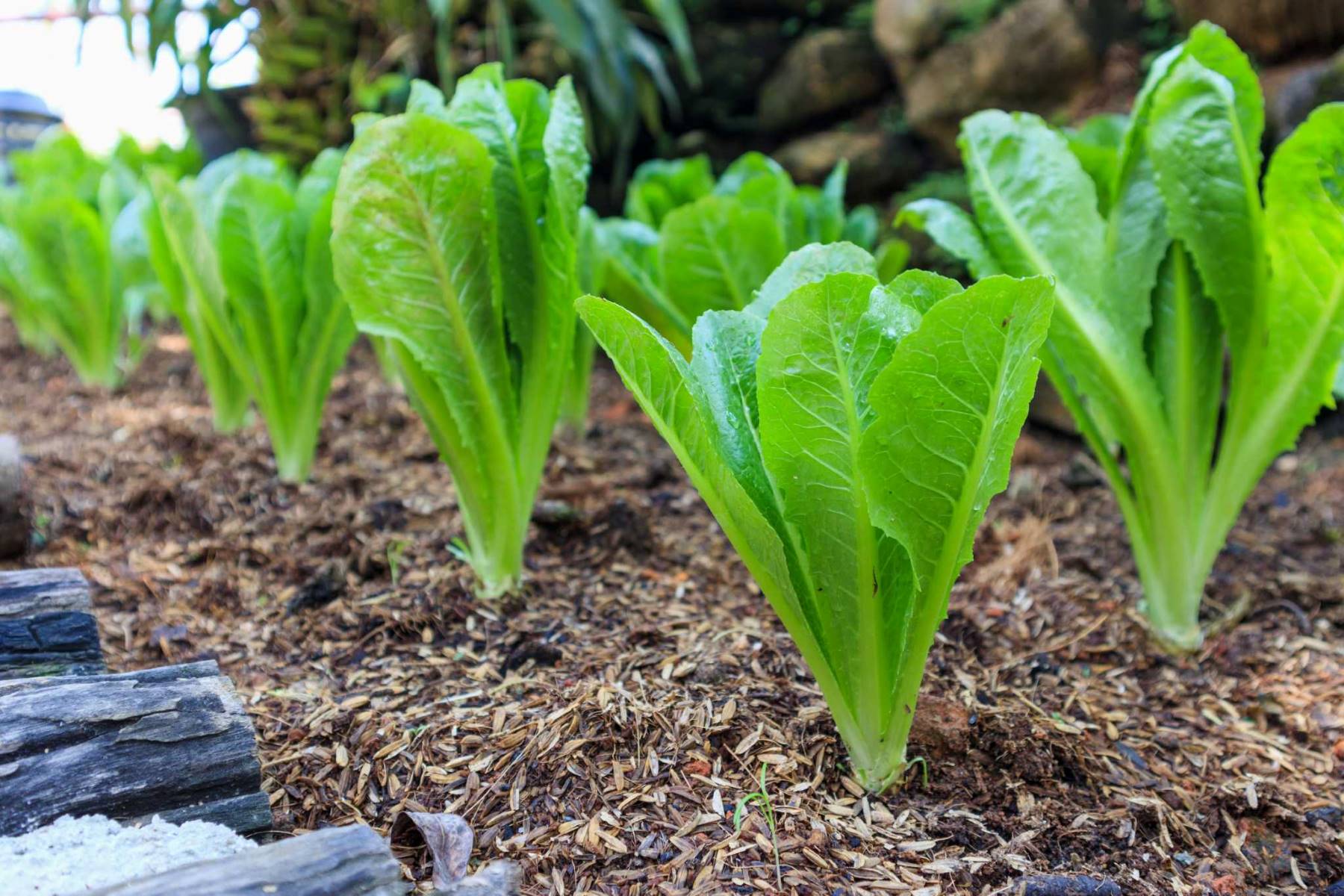
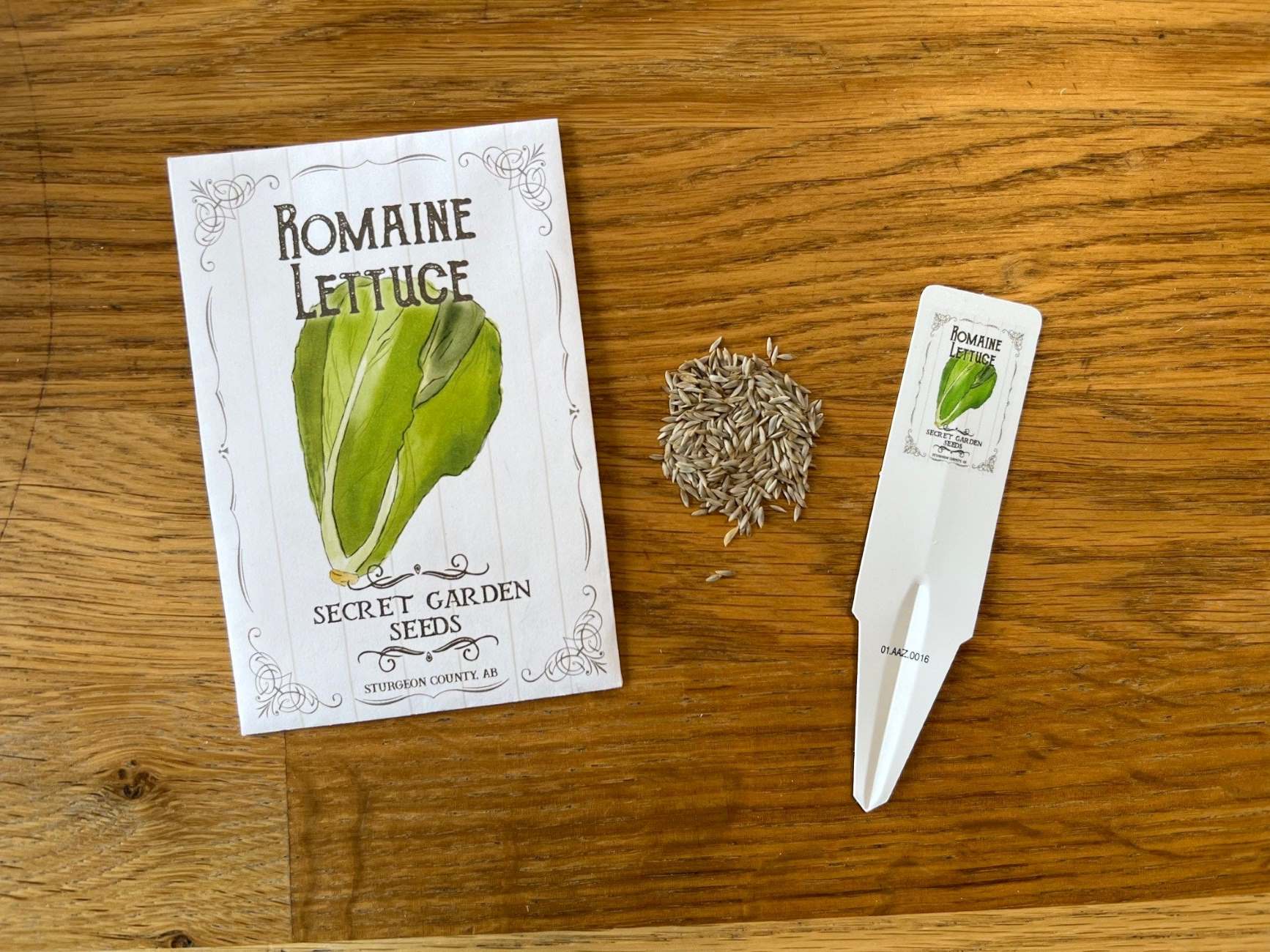
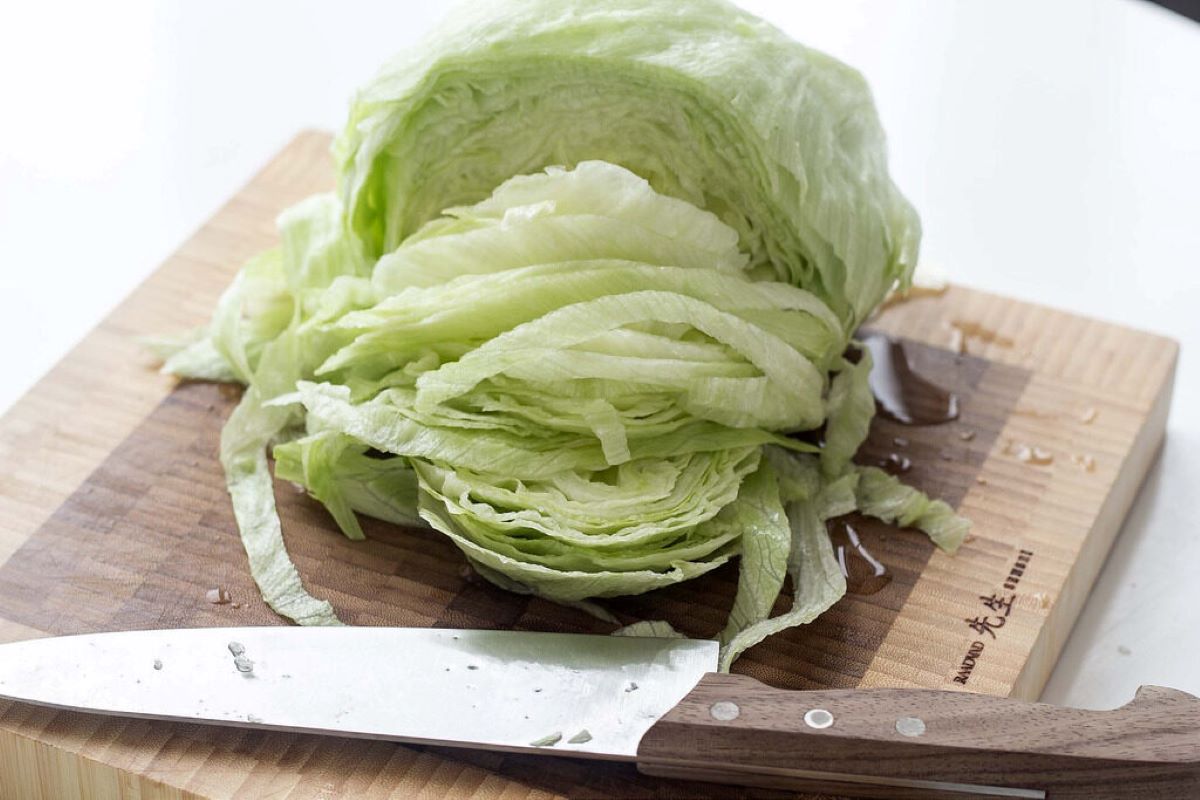
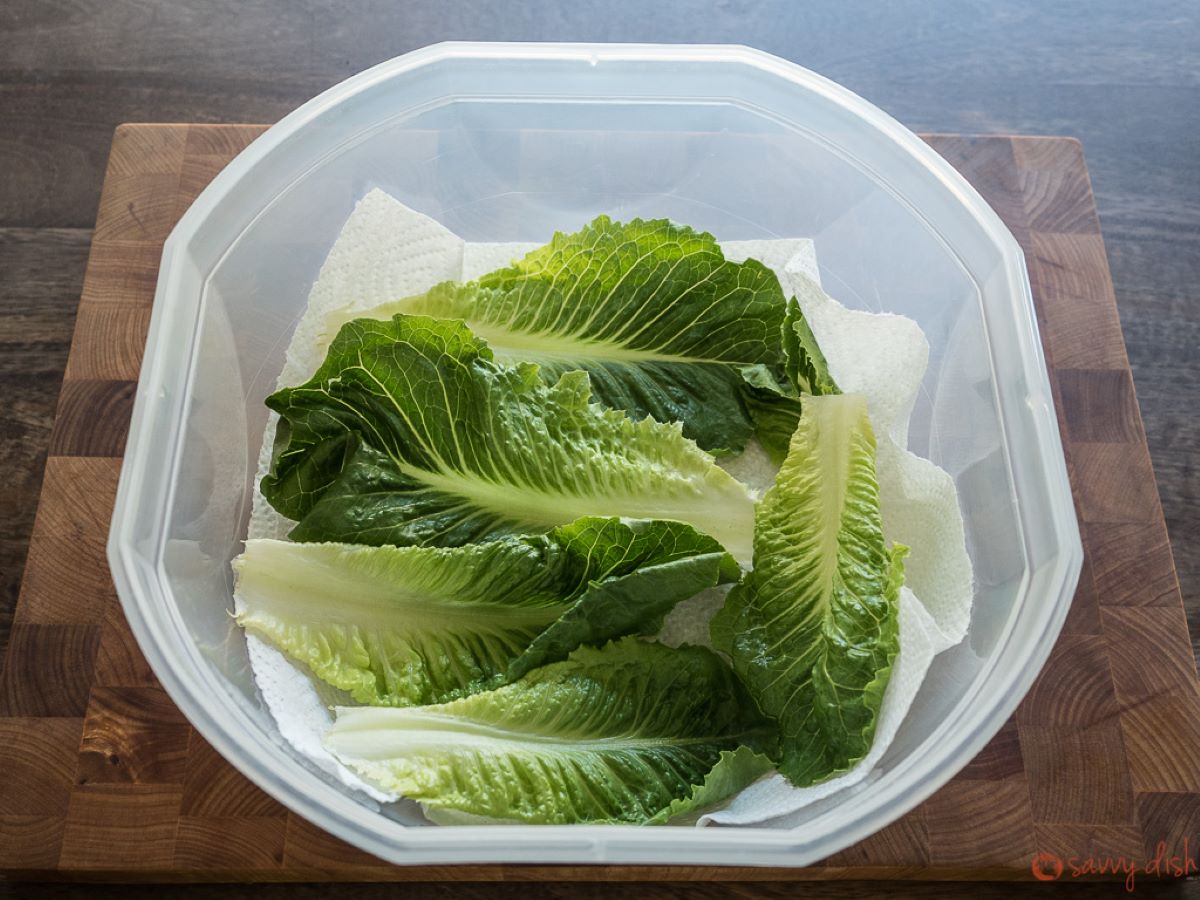
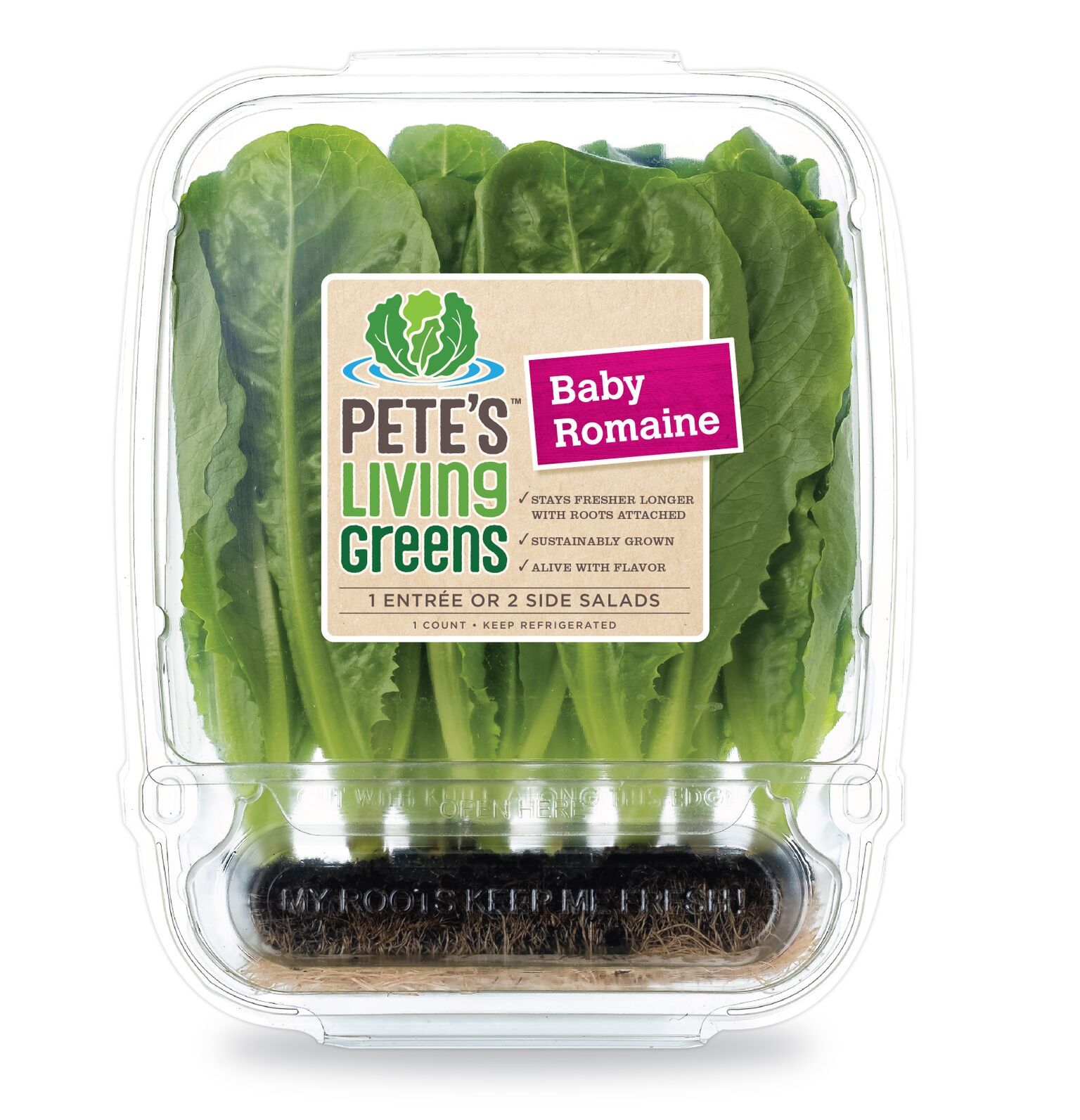
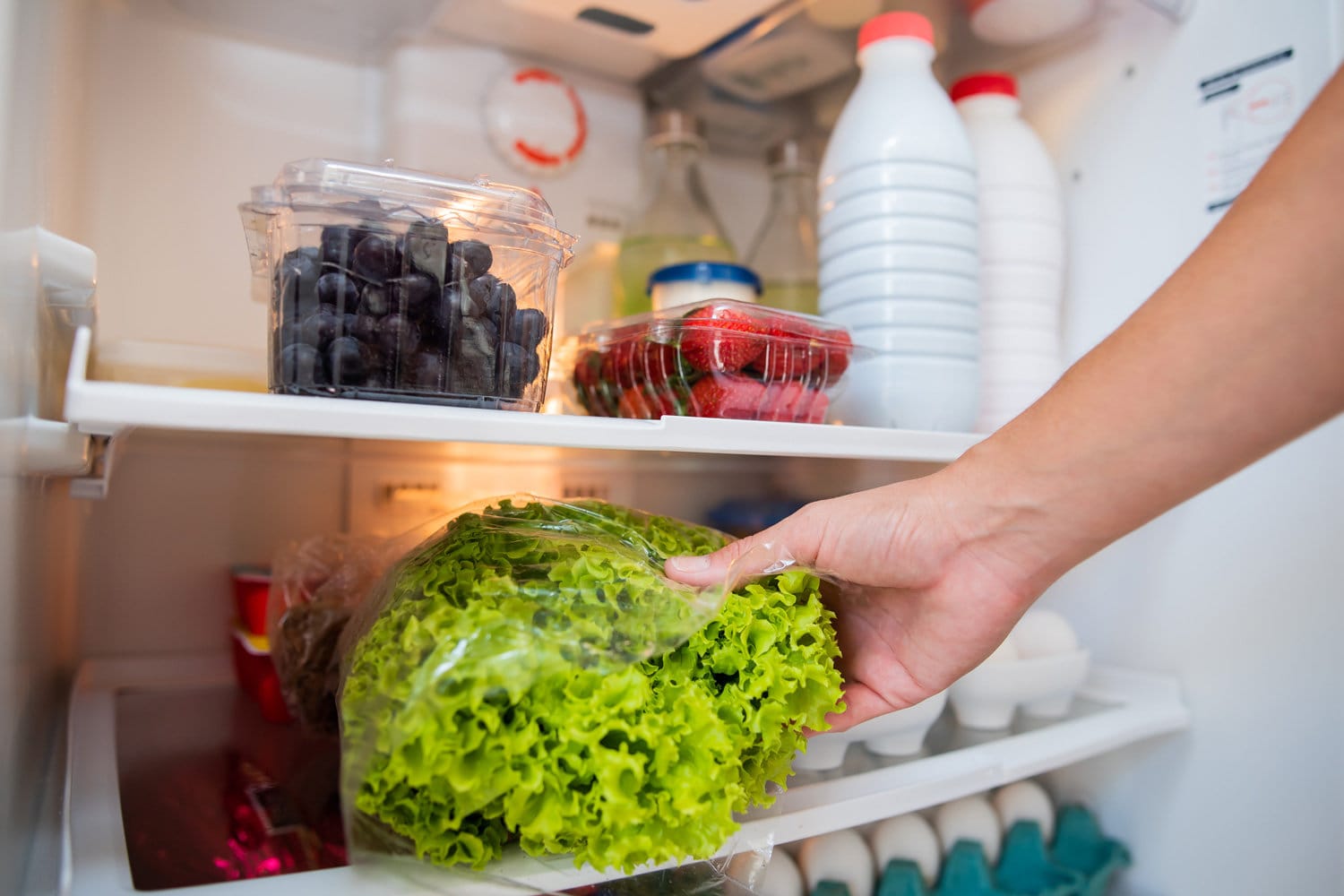

0 thoughts on “How To Store Cut Romaine Lettuce”